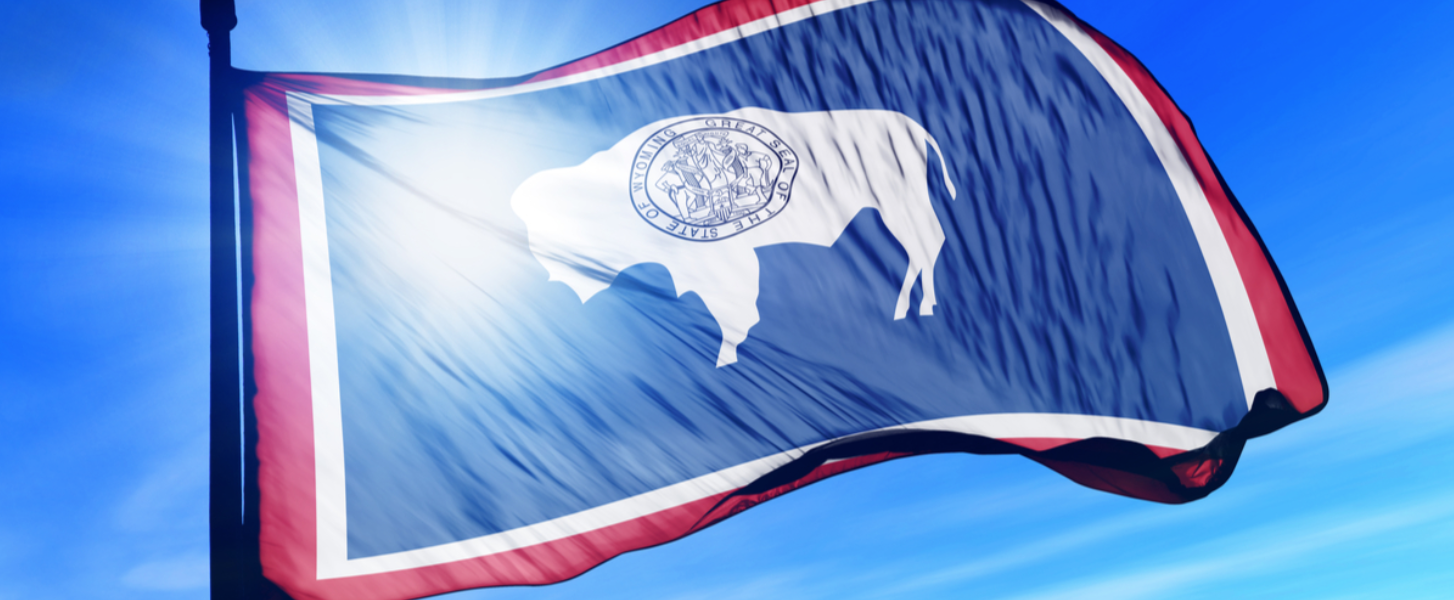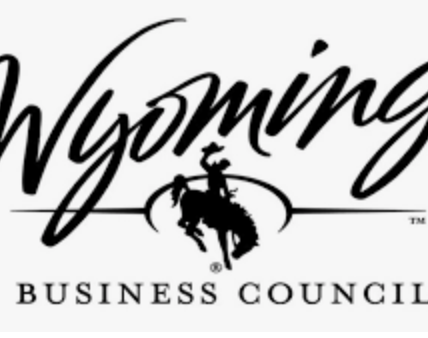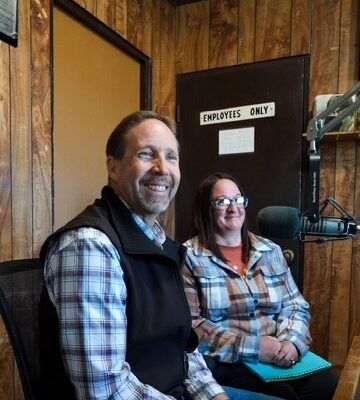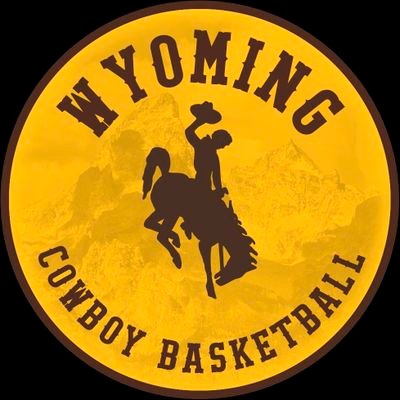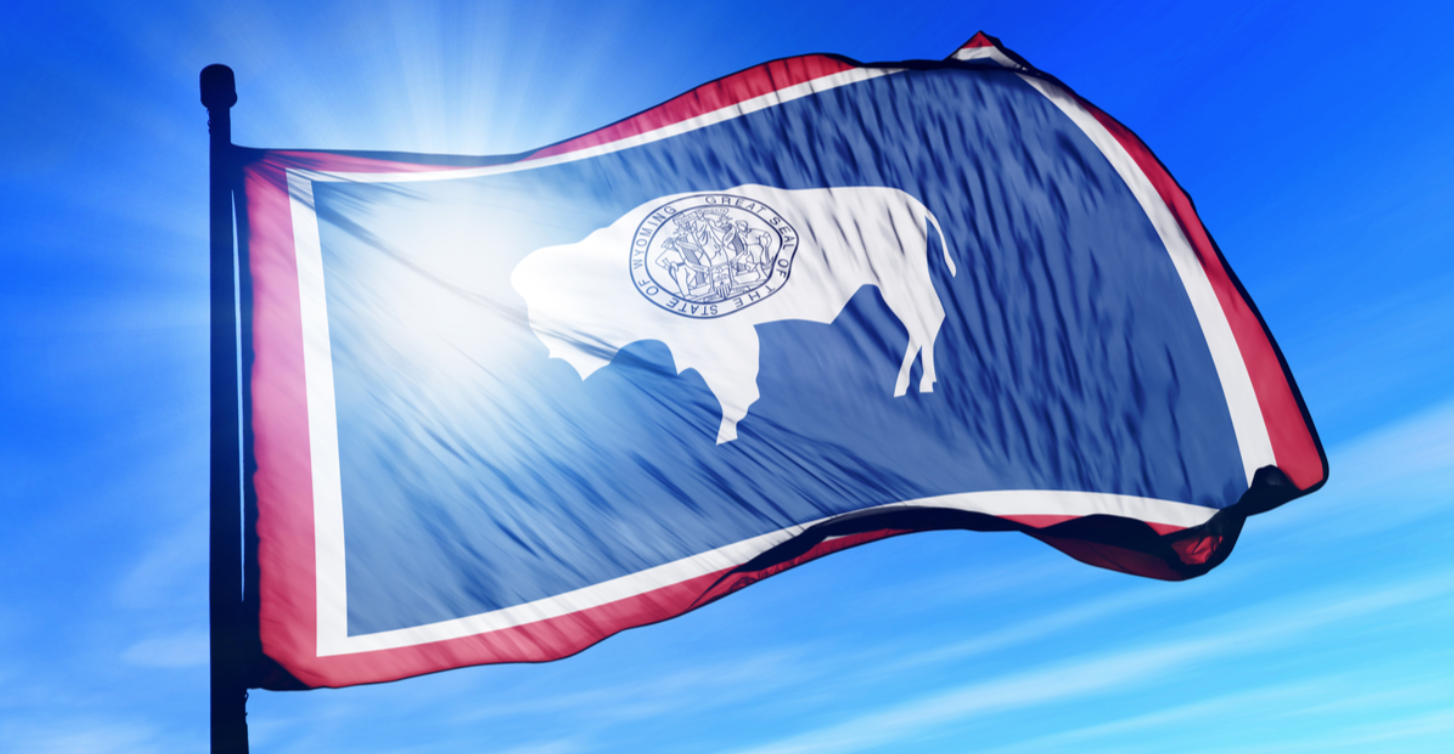
By Hannah Shields
Wyoming Tribune Eagle
Via- Wyoming News Exchange
CHEYENNE — Gambling in Wyoming has quickly grown into a billion-dollar industry, and state lawmakers decided it’s time to step in and see where further regulation might be necessary.
Until a few years ago, the Wyoming Pari-Mutuel Commission’s sole responsibility was to regulate horse racing events in the Cowboy State. In 2020, the name was changed to the Wyoming Gaming Commission (WGC), when the Legislature authorized two additional forms of gambling — skill-based amusement and charitable games.
The commission’s oversight expanded even further when the state legalized online sports wagering in 2021. In the blink of an eye, Wyoming’s gaming industry spread like wildfire, contributing millions of dollars in net proceeds to the state from wagering activity.
This sudden expansion prompted the Legislature to take the first comprehensive look at the gaming landscape. Over the next few months, the WGC will conduct a statewide gaming study in consultation with Legislature’s Joint Appropriations Committee, as outlined in a footnote in the 2024 Session Laws, Chapter 118.
The study will review numerous factors, including:
. All pari-mutuel wagering activities, skill-based amusement games and online sports wagering
. The number and growth of betting locations and activity
. The WGC’s oversight capacity
. Grounds for denying applications for a license or permit
. Processes and procedures to address noncompliance with gaming laws and regulations
“Now that the agency has grown so much … we really need to get a comprehensive study,” WGC Deputy Director Nick Larramendy told the Wyoming Tribune Eagle on Wednesday. “Part of that study helps us develop a strategic plan moving forward to ensure the citizens of Wyoming are protected.”
JAC lawmakers met in Laramie on Tuesday, where they reviewed the role of the Gaming Commission and the growth of the gaming industry. Committee co-Chairman Rep. Bob Nicholas, R-Cheyenne, said this study is part of the learning curve for JAC members.
“We’re not very educated about this, and so, as we go through this, there’s just a lot that we have to learn and how we have to structure it,” Nicholas said.
Expansion of live horse racing
Wyoming has seen a dramatic increase in the number of live horse racing events since 2010, with no events held that year and 467 races in 2023, according to Macrina Sharpe, an attorney for Wyoming Horse Racing LLC.
Larramendy told the WTE the approval of historic horse racing (HHR) machines in 2013 contributed significantly to the operational funding for live horse racing events in Wyoming. There are currently three operational tracks in Wyoming, with one each in Evanston, Rock Springs and Gillette.
It costs an operator between $2 million and $3 million to run a 16-day horse racing event, he said.
“That racetrack doesn’t make money. There’s not enough volume of wagers at that live event to fund itself,” Larramendy said. “Essentially, they would go bankrupt — and actually, they were going bankrupt.”
HHR terminals are allowed to run all year long, and operators use the proceeds from these terminals to pay for live horse races. In Wyoming, operators need to have both a simulcast permit and a live event permit in order to operate off-track betting (OTB).
Over the last decade, HHR machines alone contributed over $133 million to the Wyoming Gaming Commission, the state’s Legislative Stabilization Reserve Account (LSRA, also commonly known as the state’s “rainy-day fund”), the Wyoming Breeder Award Program and local municipalities.
One policy question lawmakers asked during Tuesday’s meeting was whether there should be a limit on HHR machines, or if it’s OK to allow as many as the market can bear. Stakeholders from this industry testified that live horse racing events are not possible without HHR machines.
“Quite frankly, if you didn’t have HHR, you wouldn’t have us,” said Nick Hughes, owner of Wyoming Horse Racing LLC. “HHR needs to be managed responsibly in order to keep live horse racing.”
Sen. Jim Anderson, R-Casper, said he was a horse racing operator and Wyoming breeder before 2010, when live horse racing events were few and far between. He said it is important for the committee to understand that HHR and live racing are “completely different” from other forms of gaming.
“I know my constituents are getting tired of seeing all these gambling places,” Anderson said. “But HHR is not the problem. It’s all the other gambling places that they’re seeing sprouted up that do not support our horse racing.”
The total handle, or total amount wagered, from pari-mutuel events in 2023 was a little over $1.6 billion, and 98% of that is attributed to historic horse racing, according to LSO associate fiscal analyst Karen Vaughn.
How gaming helps fund Wyoming
A portion of total wagering proceeds are taxed by the state at different rates, depending on the form of gambling. These funds are generally distributed to cities, towns, counties and the state.
In pari-mutuel wagering, 1% of total HHR wagers goes back to the county and city/town where the permittee is located, and another 0.25% of HHR wagers goes into the state’s rainy-day fund.
The Pari-Mutuel Account receives 0.25% of HHR wagers and 1.5% of live horse wagers. Once the Pari-Mutuel Account goes over $1.5 million, the excess funds are also distributed into the LSRA.
Part of these proceeds support the Wyoming Breeder Award Program, an incentive to produce more Wyoming- bred horses. Ten percent of simulcast source fees, or fees from out-of-state wagers, go toward the Breeder Award fund, under Wyoming statute. The Permittees’ Contribution, which is 0.4% of total wagers during the event, plus 20% of multiple or exotic wagers retained by the permittee, supports the Breeder Award Program, as well.
“The Breeder Award is incredibly important,” Sharpe told lawmakers. “To breed a horse, oftentimes people are operating at a loss.”
There are three in-state simulcast permittees that operate a combined 2,468 gaming terminals at 43 Wyoming locations, according to Larramendy. In 2023, pari-mutuel wagers contributed nearly $17 million to cities, towns and counties and $4.2 million to the state’s rainy day fund.
Every week, the WGC also collects 20% of net proceeds earned by operators of skill-based amusement games, which were authorized by the Legislature in 2020. These are commercial electronic gaming devices within licensed establishments such as truck stops and smoke shops, in which the player’s skill level — rather than any element of chance — is the main factor in the outcome.
The commission redistributes 45% of these funds to the School Foundation Program Account (SFPA) and 45% to local municipalities where the games are located. The remaining 10% is withheld by the WGC for operations.
In 2023, 1,247 skill-based amusement game terminals were authorized at 354 locations, with an average of three-and-a-half terminals per location, Vaughn said. State statute allows up to four terminals per location.
Vaughn said each terminal generates about $4,600 in state and local government revenue. Between 2020 and 2023, skill-based amusement game wagers contributed $8.1 million to the SFPA, $3.7 million to cities/towns and $4.4 million to counties.
Online sports wagering has a 10% tax that goes back to WGC, where all but $300,000 is appropriated to the state’s general fund. The first $300,000 collected each fiscal year is appropriated to the Wyoming Department of Health to fund gambling abuse and treatment programs in 15 of the state’s 23 counties.
The state’s general fund has received a cumulative $1.3 million from online sports wagering since 2021.
Rep. Clark Stith, R-Rock Springs, asked Sharpe if there is any benefit to “tax harmony” between three different kinds of gaming, since they are currently taxed at different rates. Sharpe replied that “all types of gaming have to be evaluated separately.”
Skill-based amusement games and online sports wagering don’t have the same massive expense as pari-mutuel wagering, she said.
“They’re not funding an entirely separate industry,” Sharpe said. “When we look at taxation, I suppose that’s what we would hope the committee keeps in mind.”
Nicholas said this certainly won’t be the last time the JAC will meet to discuss this topic, hinting that future discussions will take place during JAC meetings over the course of the interim leading up to the 2025 general session.

